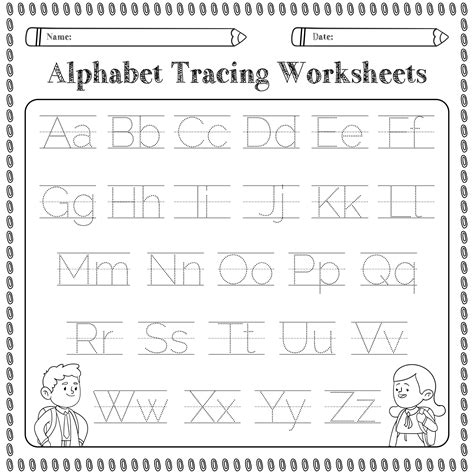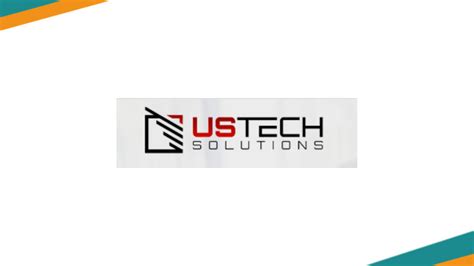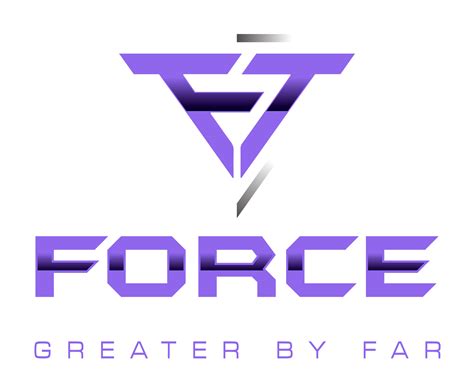Food Stamps and Section 8 Benefits Guide
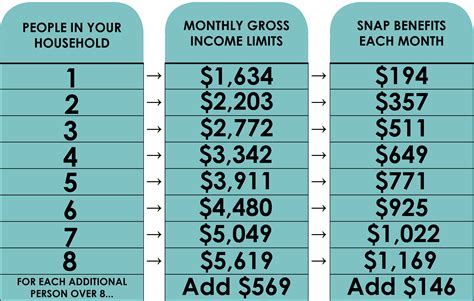
Introduction to Food Stamps and Section 8 Benefits

The United States government offers various programs to support low-income individuals and families, providing them with essential resources for survival. Two of the most significant programs are the Supplemental Nutrition Assistance Program (SNAP), also known as food stamps, and the Housing Choice Voucher (HCV) program, commonly referred to as Section 8. These programs aim to ensure that eligible individuals have access to basic necessities like food and shelter. In this guide, we will delve into the details of these programs, including eligibility criteria, application processes, and the benefits they offer.
Understanding Food Stamps (SNAP)
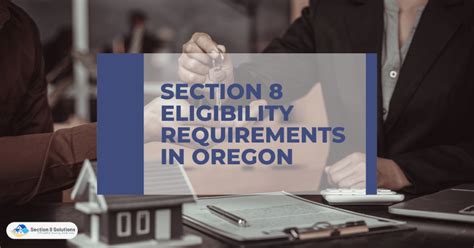
The Supplemental Nutrition Assistance Program (SNAP) is designed to help low-income individuals and families purchase food. The program is funded by the federal government but administered by each state. To be eligible for SNAP, applicants must meet specific income and resource requirements, which vary by state. Generally, eligibility is based on factors such as income, household size, and resources like cash and savings. It’s essential to note that eligibility requirements can change, so it’s crucial to check with your local social services department for the most current information.
Some key aspects of the SNAP program include: - Eligibility: Most adults aged 18 to 49 who are childless and not disabled must meet work requirements to qualify for SNAP. - Application Process: Applications can usually be submitted online, by mail, or in person at a local social services office. - Benefits: Once approved, recipients receive an Electronic Benefits Transfer (EBT) card, which is used like a debit card to purchase food at participating retailers.
Understanding Section 8 Benefits (HCV)

The Housing Choice Voucher (HCV) program, also known as Section 8, helps low-income families, the elderly, and the disabled afford decent, safe, and sanitary housing in the private market. Participants are free to choose any housing that meets the program’s requirements and where the landlord agrees to rent under the program. The rent is then split between the participant and the government, with the participant typically paying 30% of their income towards rent and utilities.
Key aspects of the HCV program include: - Eligibility: Eligibility is based on the family’s income and the number of people in the household. Applicants must meet income limits, which are set by the government. - Application Process: Applications are usually submitted to the local housing authority, which then adds the applicant to a waiting list due to the program’s popularity and limited funding. - Benefits: Participants have the freedom to choose their housing, provided it meets the program’s health and safety standards and the rent is reasonable compared to similar units in the area.
Applying for Food Stamps and Section 8
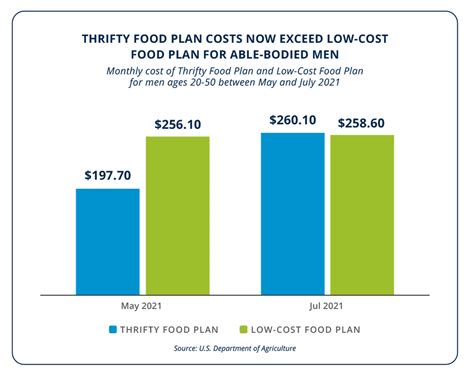
Applying for these benefits involves several steps, including gathering required documents, submitting the application, and participating in an interview. Required documents often include identification, proof of income, and proof of residency. The process can vary by state for SNAP and by local housing authority for HCV, so it’s vital to check local requirements.
Steps to apply: - Gather necessary documents. - Submit the application. - Participate in an eligibility interview. - Receive notification of eligibility.
📝 Note: The application process for both programs can be lengthy, so it's advisable to apply as soon as possible if you believe you are eligible.
Maintaining Eligibility
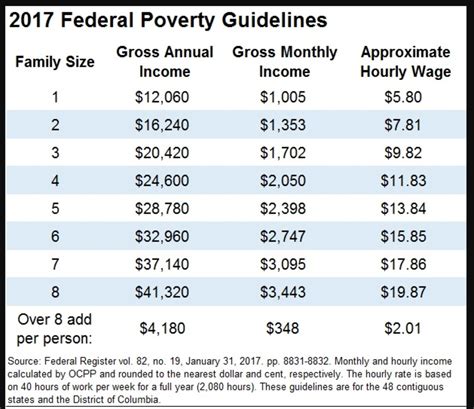
After being approved for SNAP or HCV benefits, recipients must periodically report changes in their household size, income, or other relevant factors to maintain their eligibility. This is crucial because changes in income or family size can affect the amount of benefits received or even eligibility for the program. Reporting changes promptly can prevent issues with benefits, including potential overpayment or underpayment.
Some points to keep in mind for maintaining eligibility: - Report all changes in household composition. - Update income information as it changes. - Respond to all requests for information from the program administrators.
Benefits and Impact
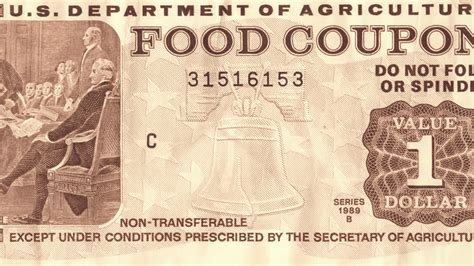
Both SNAP and HCV have a profound impact on the lives of their recipients, helping them afford basic necessities. SNAP ensures that individuals and families have access to nutritious food, which is essential for health and well-being. HCV provides stable and affordable housing, which is critical for both physical and mental health, as well as for achieving economic mobility.
The benefits of these programs extend beyond the individuals they serve, contributing to the overall health and stability of communities. By supporting low-income families, these programs help reduce poverty rates and food insecurity, ultimately contributing to a more equitable society.
| Program | Purpose | Eligibility |
|---|---|---|
| SNAP (Food Stamps) | Assist with food purchases | Income and resource requirements |
| HCV (Section 8) | Assist with housing costs | Income limits and family size |
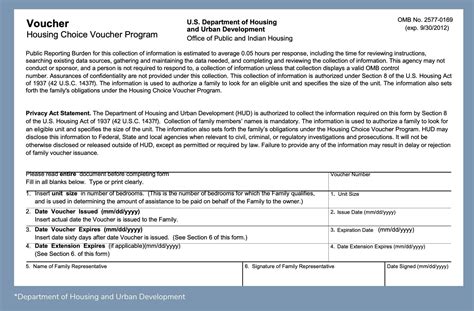
As we conclude our exploration of food stamps and Section 8 benefits, it’s clear that these programs play a vital role in the social safety net, providing essential support to millions of Americans. By understanding the eligibility criteria, application processes, and benefits of these programs, individuals can better navigate the system and access the resources they need. The impact of SNAP and HCV extends beyond individual recipients, contributing to the broader goals of reducing poverty and promoting economic stability. As such, these programs remain crucial components of the nation’s effort to ensure that all citizens have access to the basic necessities of life.
What is the main purpose of the SNAP program?
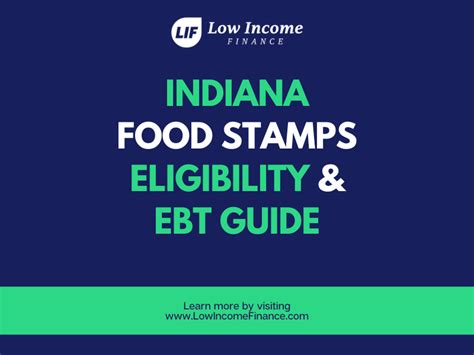
+
The main purpose of the SNAP program is to assist low-income individuals and families in purchasing food, thereby reducing hunger and food insecurity.
How do I apply for Section 8 benefits?
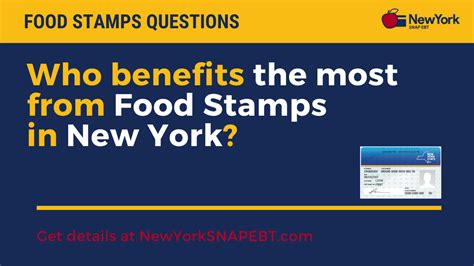
+
To apply for Section 8 benefits, you should contact your local housing authority to inquire about the application process, which typically involves submitting an application and being placed on a waiting list.
Can I receive both SNAP and Section 8 benefits simultaneously?

+
Yes, it is possible to receive both SNAP and Section 8 benefits at the same time, provided you meet the eligibility criteria for each program. However, the specific benefits and eligibility can vary, so it’s essential to check with the relevant local authorities.

